 This week’s inaugural meeting of the Dorset Global Health Network was a great success. It was sold out on ‘Eventbrite’ long before day of the event (25th of April). The inaugural meeting held at Bournemouth University (BU) focused on Nepal. The evening was opened by Dr. Emer Forde who is GP Programme Director, Health Education Wessex (Dorset) and member of BU’s Centre for General Practice. She spoke of her and her son’s recent experience in her presentation ‘Voluntourism in Nepal : A lesson in the grey areas of global health.’
This week’s inaugural meeting of the Dorset Global Health Network was a great success. It was sold out on ‘Eventbrite’ long before day of the event (25th of April). The inaugural meeting held at Bournemouth University (BU) focused on Nepal. The evening was opened by Dr. Emer Forde who is GP Programme Director, Health Education Wessex (Dorset) and member of BU’s Centre for General Practice. She spoke of her and her son’s recent experience in her presentation ‘Voluntourism in Nepal : A lesson in the grey areas of global health.’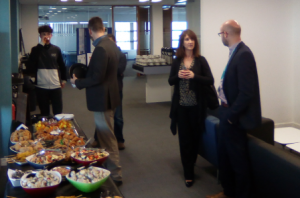
The second short presentation was by Prof. Edwin van Teijlingen for BU’s Centre for Midwifery, Maternal & Perintal Health (CMMPH). His presentation with the title ‘The challenge of perinatal mental health in Nepal’ covered issues around maternal mental health, auxiliary nurse-midwives and stigma and culture in southern Nepal. The project brought together academics, midwives, nurses, and other health workers in Nepal and the UK to help in the training of auxiliary nurse midwives in Nawalparasi on key aspects of mental health and mental health promotion. The project led by Bournemouth University was funded under the Health Partnership Scheme (HPS) which is managed by a London-based organisation called THET (Tropical Health & Education Trust).
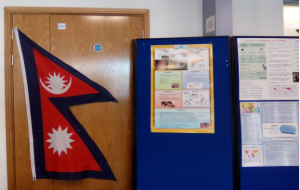 The third speaker and final speaker Dr Ollie Ross, Consultant Anaesthetist at Southampton General Hospital, introduced the film ‘Hospital’. The film provides a portrait of a state-run hospital in one of the most remote and poor districts of Nepal and how individuals can make a difference to people’s lives. Dr Ross is also a consultant to the Nick Simons Foundation working in Nepal. According to The Nepali Times Nepal’s most accomplished documentary maker, Kesang Tseten, has a knack of bringing out in his films the best in people. He looks for the flower that grows amidst the squalour, and tries to spread a message of hope. His film, Hospital, returns to rural Nepal to portray a hospital in Kalikot where ordinary health workers accomplish extraordinary things.
The third speaker and final speaker Dr Ollie Ross, Consultant Anaesthetist at Southampton General Hospital, introduced the film ‘Hospital’. The film provides a portrait of a state-run hospital in one of the most remote and poor districts of Nepal and how individuals can make a difference to people’s lives. Dr Ross is also a consultant to the Nick Simons Foundation working in Nepal. According to The Nepali Times Nepal’s most accomplished documentary maker, Kesang Tseten, has a knack of bringing out in his films the best in people. He looks for the flower that grows amidst the squalour, and tries to spread a message of hope. His film, Hospital, returns to rural Nepal to portray a hospital in Kalikot where ordinary health workers accomplish extraordinary things.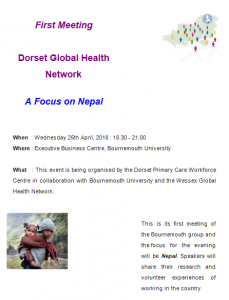
The event was organised by the Dorset Primary Care Workforce Centre in collaboration with Bournemouth University and the Wessex Global Health Network.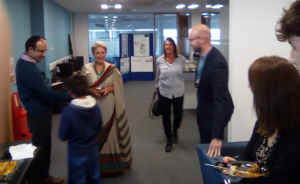
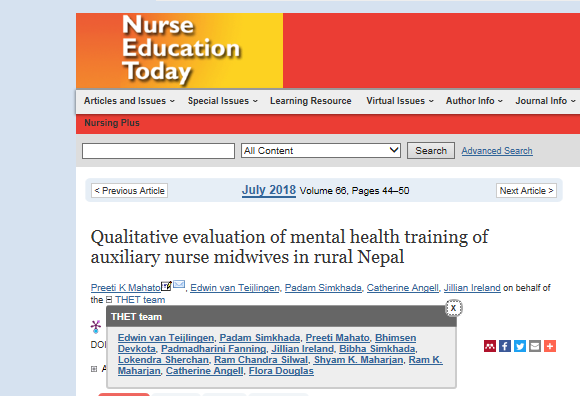
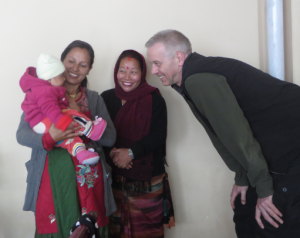
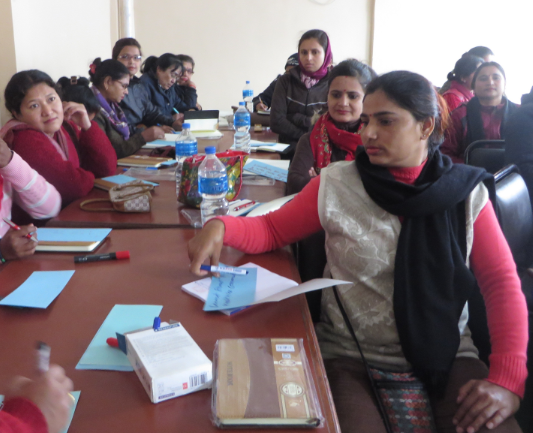
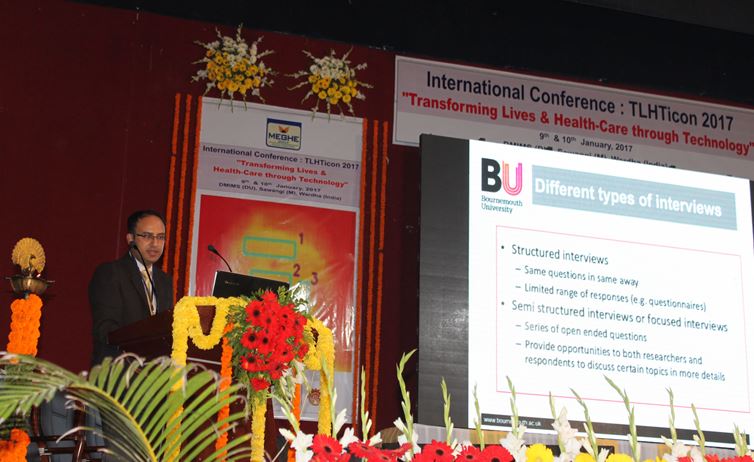
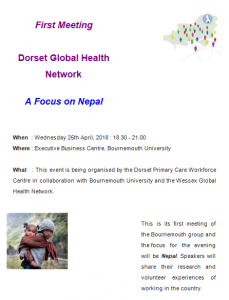
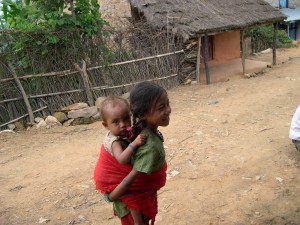
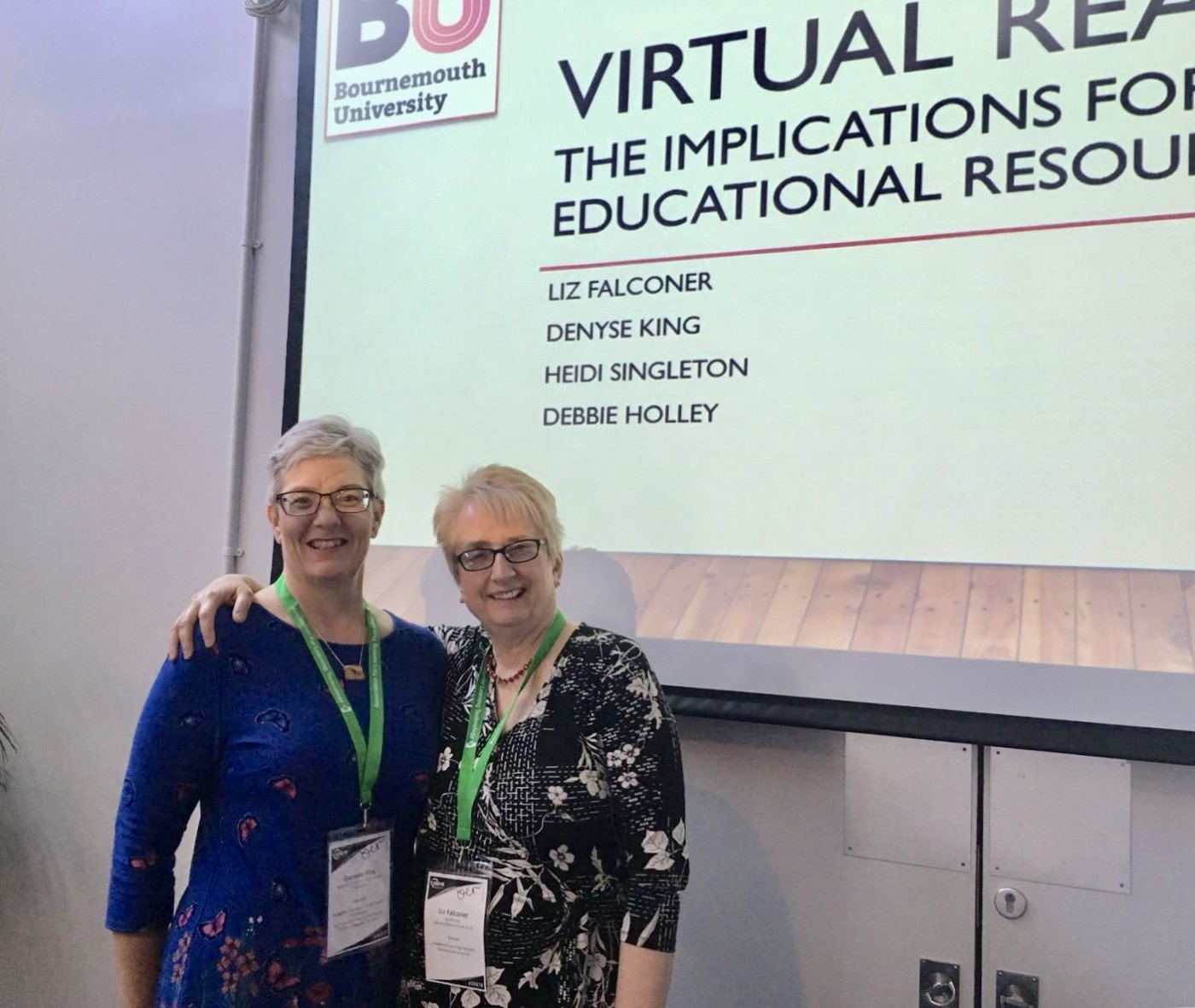
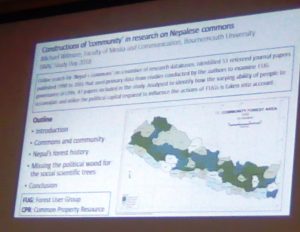
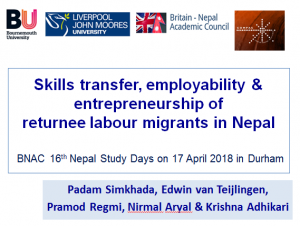
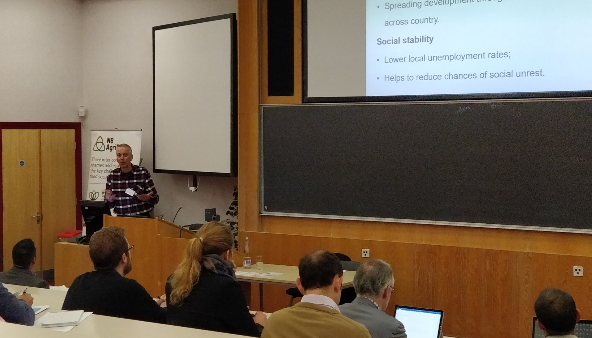

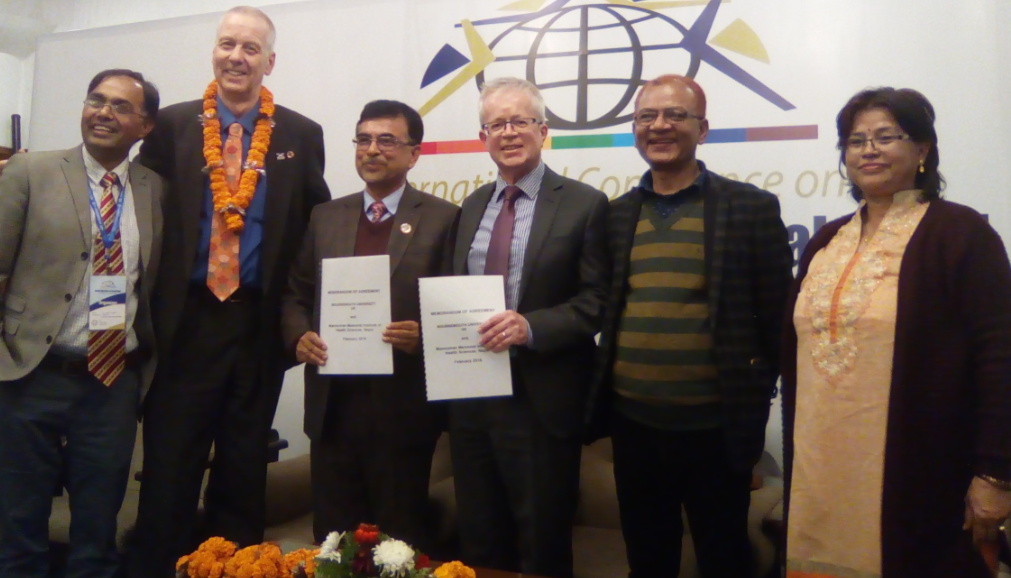
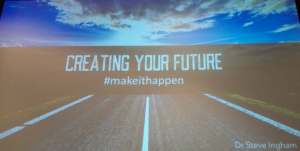
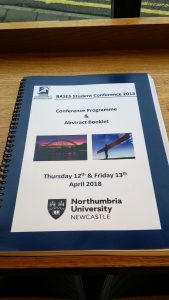

 #TalkBU is a monthly lunchtime seminar on Talbot Campus, open to all students and staff at Bournemouth University and free to attend. Come along to learn, discuss and engage in a 20-30 minute presentation by an academic or guest speaker talking about their research and findings, with a Q&A to finish.
#TalkBU is a monthly lunchtime seminar on Talbot Campus, open to all students and staff at Bournemouth University and free to attend. Come along to learn, discuss and engage in a 20-30 minute presentation by an academic or guest speaker talking about their research and findings, with a Q&A to finish. 
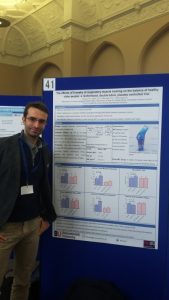

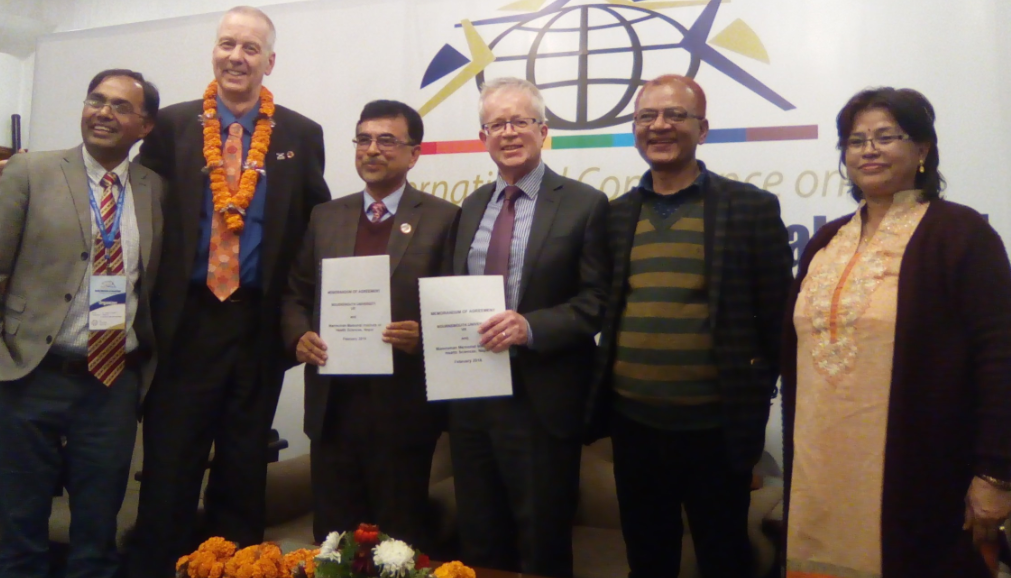
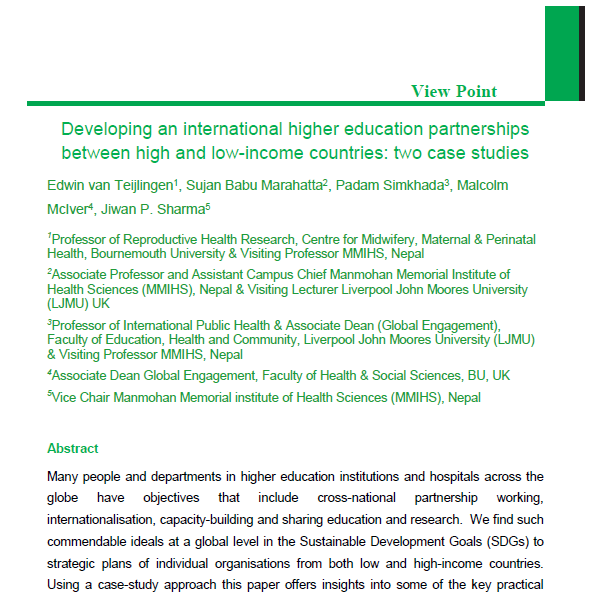

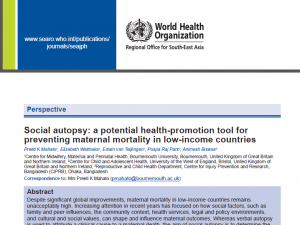
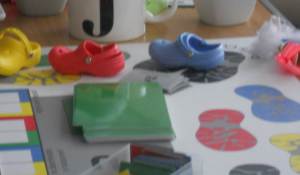
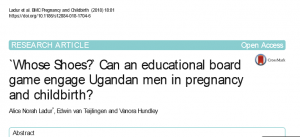



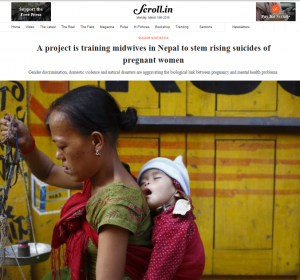
 As part of the
As part of the 











 Fourth INRC Symposium: From Clinical Applications to Neuro-Inspired Computation
Fourth INRC Symposium: From Clinical Applications to Neuro-Inspired Computation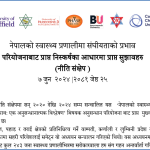 Writing policy briefs
Writing policy briefs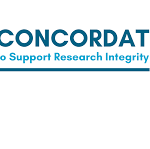 Upholding Excellence: The Concordat to Support Research Integrity
Upholding Excellence: The Concordat to Support Research Integrity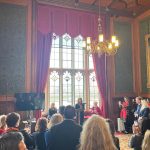 Today’s Documentation Will Serve Tomorrow’s Justice
Today’s Documentation Will Serve Tomorrow’s Justice ECR Funding Open Call: Research Culture & Community Grant – Application Deadline Friday 12 December
ECR Funding Open Call: Research Culture & Community Grant – Application Deadline Friday 12 December MSCA Postdoctoral Fellowships 2025 Call
MSCA Postdoctoral Fellowships 2025 Call ERC Advanced Grant 2025 Webinar
ERC Advanced Grant 2025 Webinar Horizon Europe Work Programme 2025 Published
Horizon Europe Work Programme 2025 Published Horizon Europe 2025 Work Programme pre-Published
Horizon Europe 2025 Work Programme pre-Published Update on UKRO services
Update on UKRO services European research project exploring use of ‘virtual twins’ to better manage metabolic associated fatty liver disease
European research project exploring use of ‘virtual twins’ to better manage metabolic associated fatty liver disease